There is no single method or technique for survival fire starting that works 100 percent of the time. That said, I carry a mini Bic butane lighter in my pants pocket, my coat pocket and in my pack whenever I go out. Here is what you can do to improve this product for survival use.
(The headline was for sensationalism – but it got you to read this far! Check out the video at the end of the story.)
by Leon Pantenburg
I like BIC butane lighters, and have used them for years, and under many circumstances.
A butane lighter will probably work pretty well for starting fires under many conditions. In some situations, such as in the wet, humid environment of coastal Alaska or parts of the deep south, a lighter may be the best ignition choice.
In my favorite southern swamps, such as the Okefenokee and Atchafalaya, there will be standing water, awful humidity and high daytime temperatures. This may disable many methods of fire making, such as standard matches, or compromise a method that relies on dry tinder or charcloth, such as flint and steel.
At the opposite extreme is winter mountains.
The Achilles Heel of any butane lighter is the fuel. The boiling point of butane is approximately -0.5 C at sea level, according to answers.com (This boiling point will drop with an increase in altitude, given the reduced pressure.)
This means that as the lighter nears freezing, less gas will be vaporized inside the lighter and it will be harder to light. And the higher in elevation you are, the less chance for ignition!
My experiments show that placing a butane lighter in ice water (33 degrees) disables it almost instantaneously. If the lighter is removed from a one-minute ice water bath, and placed in a 70 degree area, several minutes will pass before it is warm enough to function.
This time varies on the size, brand, and make of the lighter. If you warm the lighter in your already warm hand, it can take at least 90 seconds under ideal conditions, and probably closer to four minutes, to make it functional.
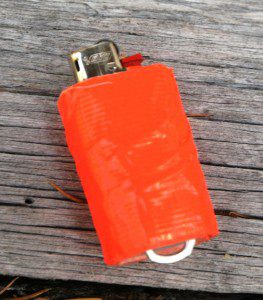
This tricked-out Bic has a pop top attached, and is wrapped with about five feet of duct tape.
So, if you fall into an icy river, wade to shore and desperately need to make a warm-up fire, the butane lighter in your pocket won’t work immediately. If your hands are freezing, you may not be able to warm the lighter quickly. Your cold, numb fingers may not be able to spin the wheel, either. By the time the lighter is warm enough to fire, you may not be able to use it.
This is where you will need to rely on another firemaking system. (To read my research on practical survival fire starting tools, click on survival firestarting methods.)
But suppose you intend to include a BIC mini butane lighter in your survival gear. Here are some tips for making it work better.
Remove the childguard on the wheel: The guard covers the top of the wheel, and is intended to keep children from being able to use the lighter. Get rid of it – sand or snow could get stuck underneath it and jam the wheel.
Tape a pop-top to the lighter body: I always have a lanyard with a clip. I tie one end to my coat zipper, belt or pack. Any small item I use is attached. Drop your lighter in mud, sand or snow and you may jam the wheel, clog the butane port or lose the lighter completely.
Wrap the lighter with several feet of duct or electrical tape: You will use the tape for everything, and it may pad the body, offering some shock protection if the lighter is dropped. Some duct tape is also a good firestarter (Check this out before you need to use it.) I use the brightest tape I can find, but if you want to color coordinate your survival gear, there are a multitude of different colors and patterns available.
I don’t rely completely on any survival fire making system. But it’s common sense to do everything possible to improve the efficiency of every piece of your survival gear. A lot rides on it!
Please click here to check out and subscribe to the SurvivalCommonSense.com YouTube channel – thanks!

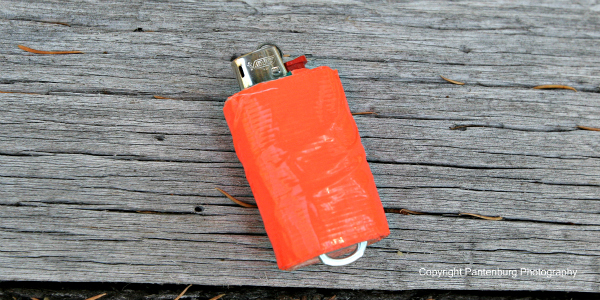
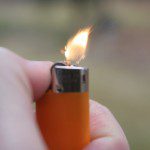

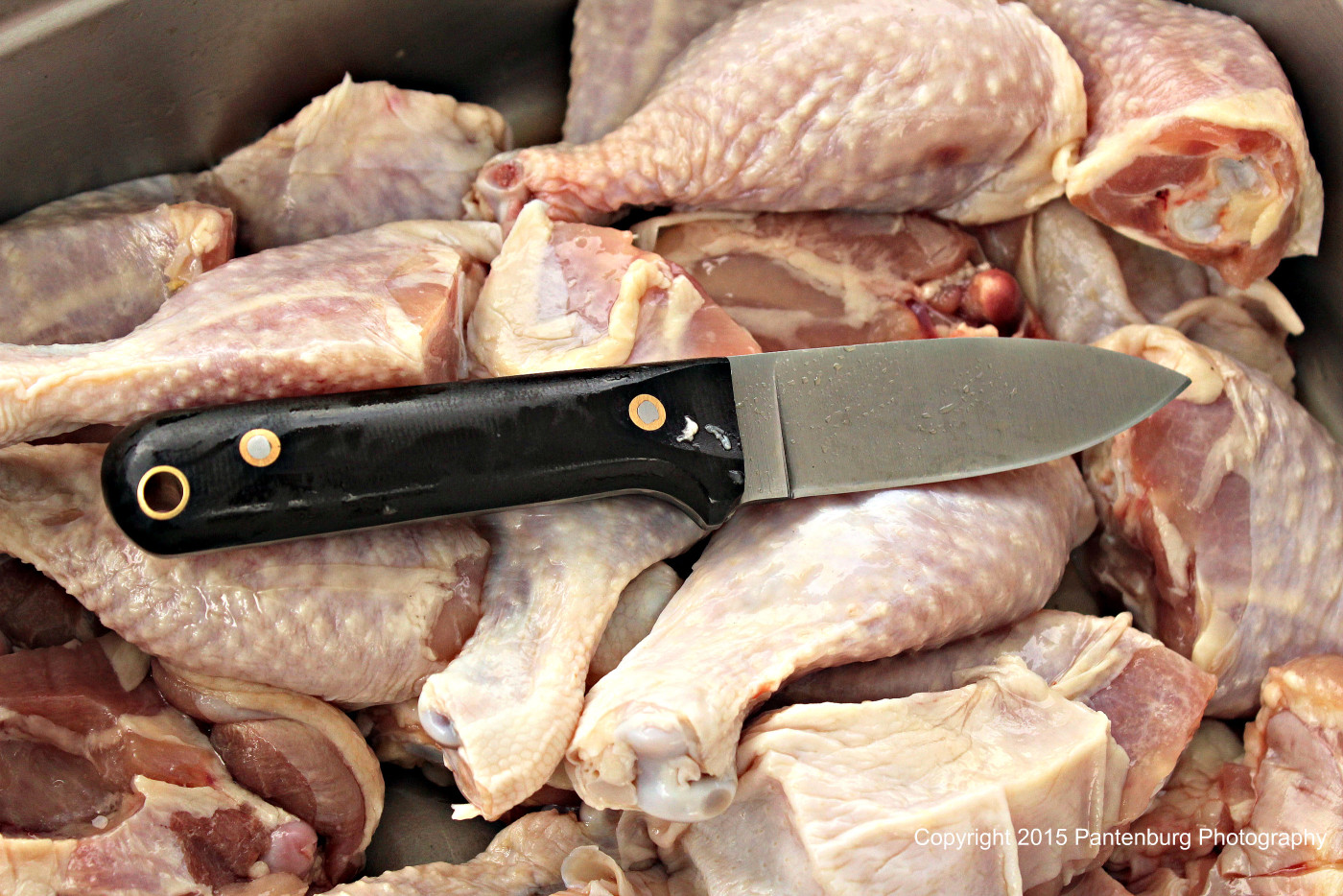

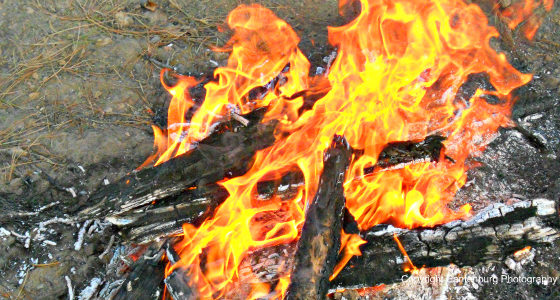
Leave a Reply